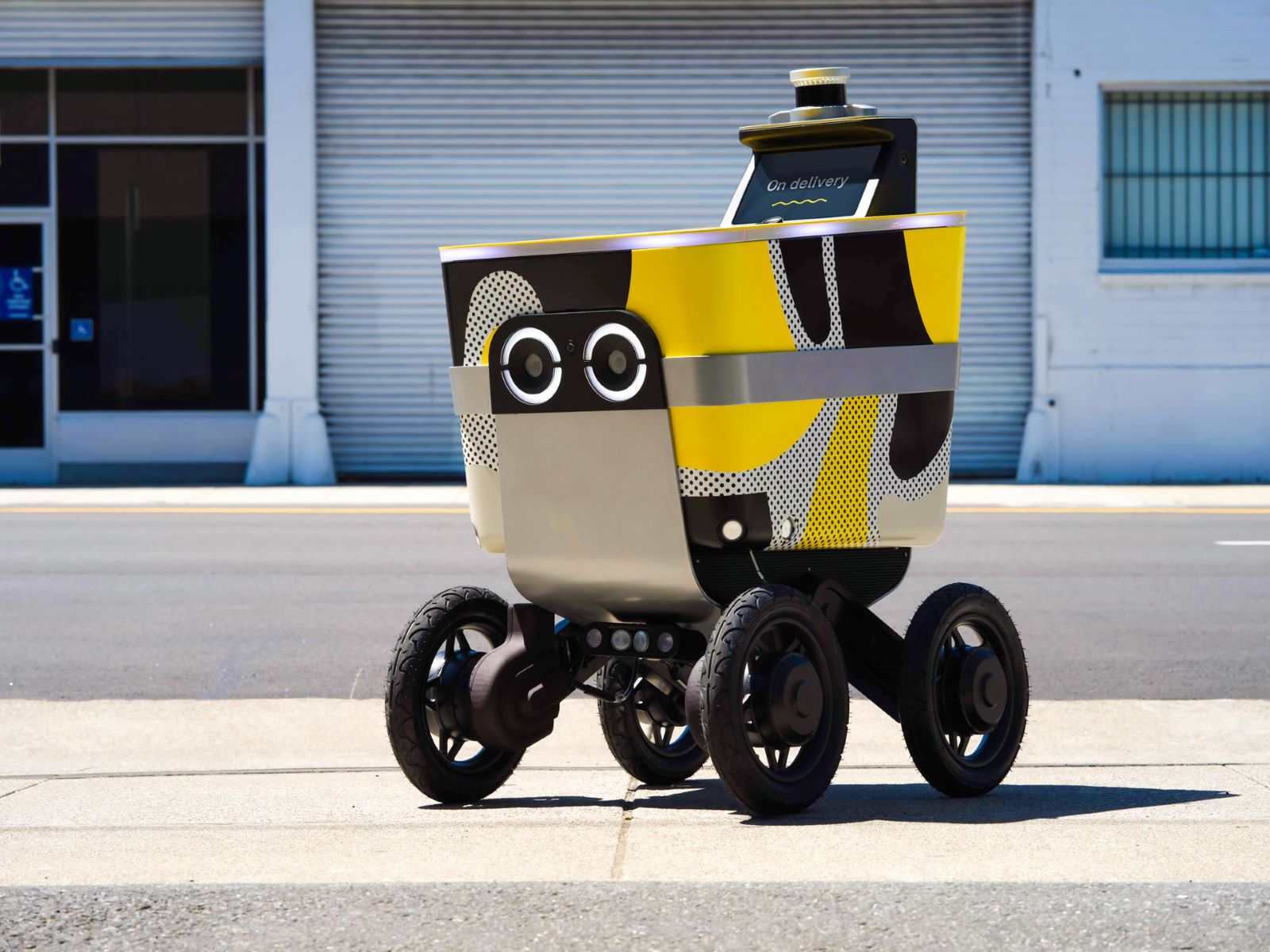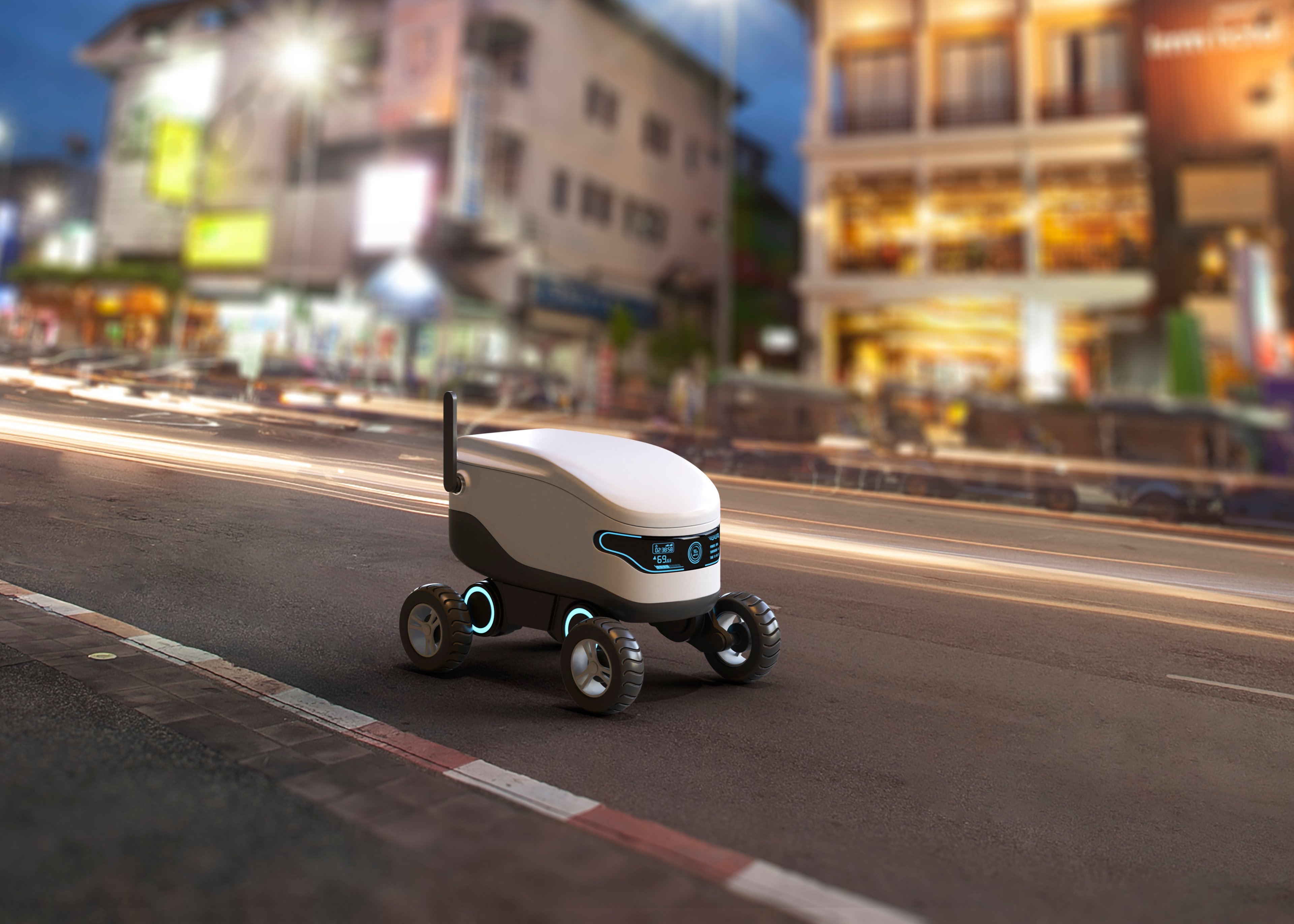Robotics is on the cusp of a revolutionary "iPhone moment," driven by the accelerating progress in artificial intelligence (AI). This surge in AI research and development is profoundly affecting numerous emerging technologies, with robotics poised for a significant leap forward.
Why the timing is critical now: Today's AI models already demonstrate remarkable capabilities in understanding, reasoning, and adapting across a diverse range of tasks. The rapid improvements in vision, language understanding, and real-time decision-making -- capabilities that once defined the elusive "artificial general intelligence" (AGI) benchmark -- are now table stakes for leading AI systems. These advances translate directly into robots that can perceive environments, understand context, and take autonomous action in complex real-world scenarios.

Image source: Getty Images.
This impending transformation positions robotics companies to capitalize on a massive new growth phase. Here are two robotics stocks uniquely positioned to benefit from this coming catalyst.
When delivering dinner becomes a billion-dollar business
Serve Robotics (SERV 1.47%) is carving out a significant role in the robotics industry, not with futuristic humanoid robots, but with its highly practical autonomous sidewalk delivery robots that are already generating substantial revenue.
The company demonstrated strong operational growth in the first quarter of 2025, successfully building over 250 new third-generation robots. This expansion directly contributed to a 150% sequential increase in revenue, reaching $440,000 for the three months. This explosive growth highlights the increasing adoption and efficiency of the company's delivery service.

NASDAQ: SERV
Key Data Points
Serve Robotics' operational momentum is impressive and expanding rapidly. The service now reaches over 320,000 households, marking a 110% increase since December 2024. The company has also significantly expanded its merchant network, partnering with over 1,500 businesses, a 50% quarter-over-quarter growth. A key indicator of its reliability is a consistent up to 99.8% delivery completion rate.
Beyond its core food delivery operations, Serve has strategically diversified by formalizing a software and data platform division. This forward-looking move has already yielded results, with the company signing deals with a top-tier European automaker and an autonomous trucking company. This strategic pivot transforms Serve from solely a robotics hardware provider into a broader data and software company, dramatically expanding its addressable market and unlocking new recurring revenue streams.
Looking ahead, management projects a substantial annualized revenue run-rate of $60 million to $80 million once its ambitious 2,000-robot fleet is fully deployed, anticipated during 2026. This projection offers a glimpse into the significant revenue potential as the robotics revolution continues to accelerate beyond 2028.
With a robust cash position of approximately $198 million as of March 31, 2025, Serve Robotics has ample resources to execute its deployment and expansion plans through 2026, minimizing near-term dilution concerns and positioning it as a compelling long-term investment in the autonomous delivery space.
The picks and shovels play on physical AI
Nvidia (NVDA 0.32%) is strategically positioned to lead the robotics revolution, not by manufacturing robots, but by providing the foundational computing power and software infrastructure essential for AI-powered automation.

NASDAQ: NVDA
Key Data Points
The company, a commanding force in AI chips with a market capitalization of over $4 trillion, reported a robust first quarter for fiscal 2026. Revenue reached an impressive $44.1 billion, a 69% year-over-year increase, primarily driven by its data center segment, which contributed $39.1 billion. A significant indicator of market demand came from CEO Jensen Huang, who highlighted a tenfold surge in AI inference token generation in just one year, signaling explosive demand for the computing capabilities indispensable for future robots.
Nvidia has further solidified its position with the launch of Jetson Thor developer kits, which became available in the first half of 2025. This compact computer, boasting up to 2,000 teraflops of processing power, is specifically engineered for humanoid robots.
This initiative builds on Nvidia's existing footprint in robotics; the company already supplies critical technology for projects like Tesla's Optimus humanoid robot and participated in Figure AI's $675 million funding round. Jetson Thor, however, signifies a grander ambition: Nvidia's concerted effort to establish itself as the indispensable computing platform for the entire robotics industry.
Beyond hardware, Nvidia's comprehensive Isaac ecosystem is a cornerstone of its strategy. Isaac GR00T N1 and the recently announced N1.5 provide pre-trained AI foundation models crucial for humanoid reasoning and skill development. Concurrently, Isaac Sim enables developers to rigorously train and validate robots in virtual environments before costly real-world deployment.
Jensen Huang champions physical AI as the world's next trillion-dollar industry, noting that "countries around the world are recognizing AI as essential infrastructure." With the company guiding toward $45 billion in Q2 fiscal 2026 revenue and making substantial investments in robotics infrastructure, Nvidia is building formidable competitive advantages in this space, making it the robotics stock to own.






